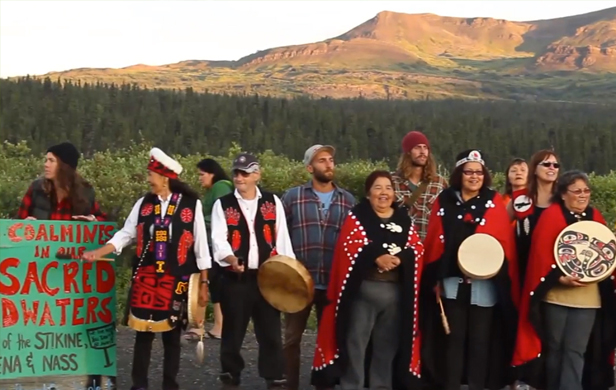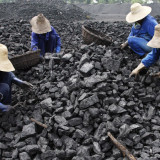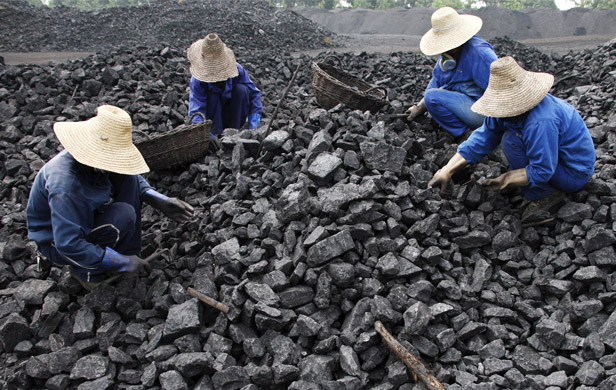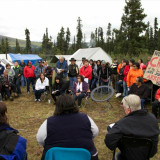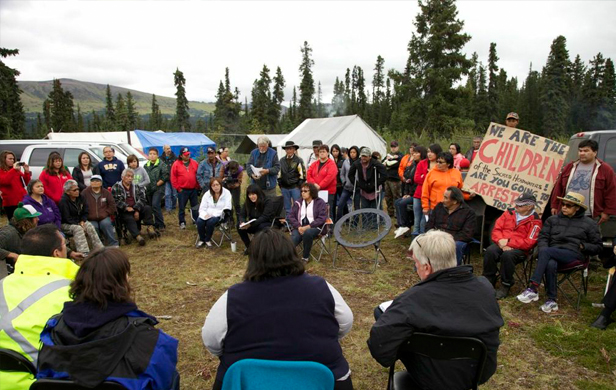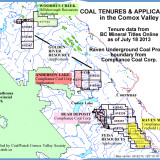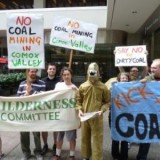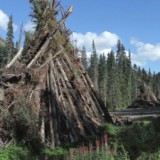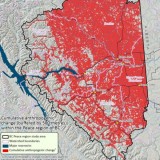There is a new axiom in BC, evidently, which says, ‘You can’t be against EVERYTHING.”
Unhappily, this had led the NDP and Energy critic John Horgan to support Liquefied Natural Gas (LNG) plants in northwest BC for export. This is turning out to be an unmitigated disaster and my prediction is that there will be no LNG plants in BC thus no market.
But this new axiom, so critical to those who would take away our heritage, is also permitting a gravel pit to be developed in Howe Sound at McNab Creek. This is not for want of private opposition – it is alive and very well indeed. What it’s lacking is public awareness.
Howe Sound is a world-class area. It’s taken a hell of a beating since my Dad, Mom and I fished it back when if you didn’t get a fish you must have forgotten to put a hook on your line. Eagles have returned to how they were in the days when I was a boy and so have porpoises. Whales are being sighted again. Salmon runs, except the ones dependent on the Ashlu, which has been ruined by a private power company, are returning. Howe Sound is for boaters, canoeists, and a paradise for kayaks, as it may well become again for fishermen.
This hasn’t all happened by accident. There are a number of organizations and individuals who have put their hearts and sweat into making these good things happen.
Now in the midst of this recovering of our heritage, a company called Burnco wants to build a 77-hectare gravel pit, running day and night, all year. In doing this they will excavate the entire estuary from one side of the valley to the other, thus eliminating one of only three estuaries in Howe Sound.
This horrid enterprise will change the movement of water through the valley thus threatening the entire estuary and the ecology it sustains. There are 21 species at risk, including Roosevelt Elk, introduced there in 2010 by the BC Ministry of Environment (one of my old stamping grounds) as well as our usual coastal wildlife.
There are other serious problems – like a gravel pit being worked 24/7/365, bringing noise and light pollution in a big way.
Here is the bad news – the really bad news. The project has already got approval in principle and is moving towards environmental hearings. This is the beloved “process” of the MP for the area, John Weston. He has never seen government-style “process” at work. I have and at the risk of repeating myself I’d rather have a root canal without anesthetic than go to another of those democratic disgraces.
When you go to such a meeting to protest the project, period, you are ruled out of order. You’re only there, you see, to help frame the environmental principles to be imposed. The unstated reality, none the less a fact for not being stated, is that this is a done deal.
Even the environmental review is cold comfort, for whatever constraints are put in place, the company will ignore them. You don’t have to go far to see what I mean – wander up to the Independent Power Project (IPP) on the Ashlu River. Though they crossed their heart and hoped to die that they would live up to their commitment they haven’t. The environmental destruction they have inflicted has been enormous.
Just 16 private power projects in this region – a quarter of the total in operation in BC – generated a staggering 749 environmental violations in a one year period, according to recent documents pried loose by freedom of information request. These companies faced virtually no consequences for their actions.
It’s a bit long but worth reading is what Gwen Barlee of the Wilderness Committee wrote on the subject:
Last year (2011) I received a tip that there were serious problems with the Ashlu private power project. The person who called me said: ‘they are killing the river.’
We had been hearing rumours that private power projects have significant problems with fish kills, so when I got that phone call I immediately submitted a Freedom of Information (FOI) request to confirm what was happening.
FOIs are a tool used by civil society groups like the Wilderness Committee, reporters and private citizens to gain access to government documents that might not otherwise see the light of day. They can be an important part of keeping government open and transparent…
…After waiting for more than eight months for our FOI to arrive, we received more than 3000 pages of government documents about environmental problems at the Ashlu project. Those documents showed that there were repeated problems with fish being stranded on gravel bars resulting in fish kills and that efforts to get the owners of the project, Innergex Renewable Energy Inc, to address these issues were “not satisfactory.”
In those documents staff from the provincial Ministry of the Environment and the federal Department of Fisheries and Oceans (DFO) where quoted as saying things like “FYI: lotsa dead fish from yesterday’s Ashlu episode . . . will be interesting to see DFO’s response” and “I agree, their requirement is to keep the fish ladder functional, and this is the key time of year regardless of whether they think they are ‘losing too much water’ to keep it operational.”…
…One of the most concerning revelations of these investigations is an industry practice known as ramping, which increases and decreases flow levels downstream of the power project. Ramping down the river flow has the potential to strand and kill fish and can also result in egg dewatering and cause spawning interference.
The private power industry has often claimed that their projects would not be built in fish habitat but we have seen that in far too many cases that is not the case. According to … Watershed Watch, 72% of river diversion projects are located in known or suspected fish habitat. Private power proponents have told us that their projects would not impact fish but now we are seeing serious problems in regards to fish stranding, kills and habitat damage.
Let’s put it plainly – once you get to the environmental assessment stage, it’s all easy as pie to agree to anything and know that no government inspectors will trouble you – and even if they do, there will be no charges laid.
All is not lost.
First Nations have a special connection to this area and will no doubt fight the project.
Secondly, if the people make enough fuss, the project can be stopped, as the Glacier-Howser private river power project was stopped by irate citizens. There’s a story there to end on.
The company, which gets the right to put on the meeting, doesn’t like too many tiresome citizens around, so instead of holding this hearing in Nelson, the population centre, they hold it in Kaslo, a town with but 1,000 people.
Over 1,100 people showed up! And the project was effectively stopped because the company couldn’t or wouldn’t put in proper safeguards for the Bull Trout population.
The motto is, as the great Scottish Bard, Sir Harry Lauder put it, “Keep right on ‘til the end of the road.”
Or as I put it after the Alcan victory in 1993, you never know you’ve won until you’ve won.




